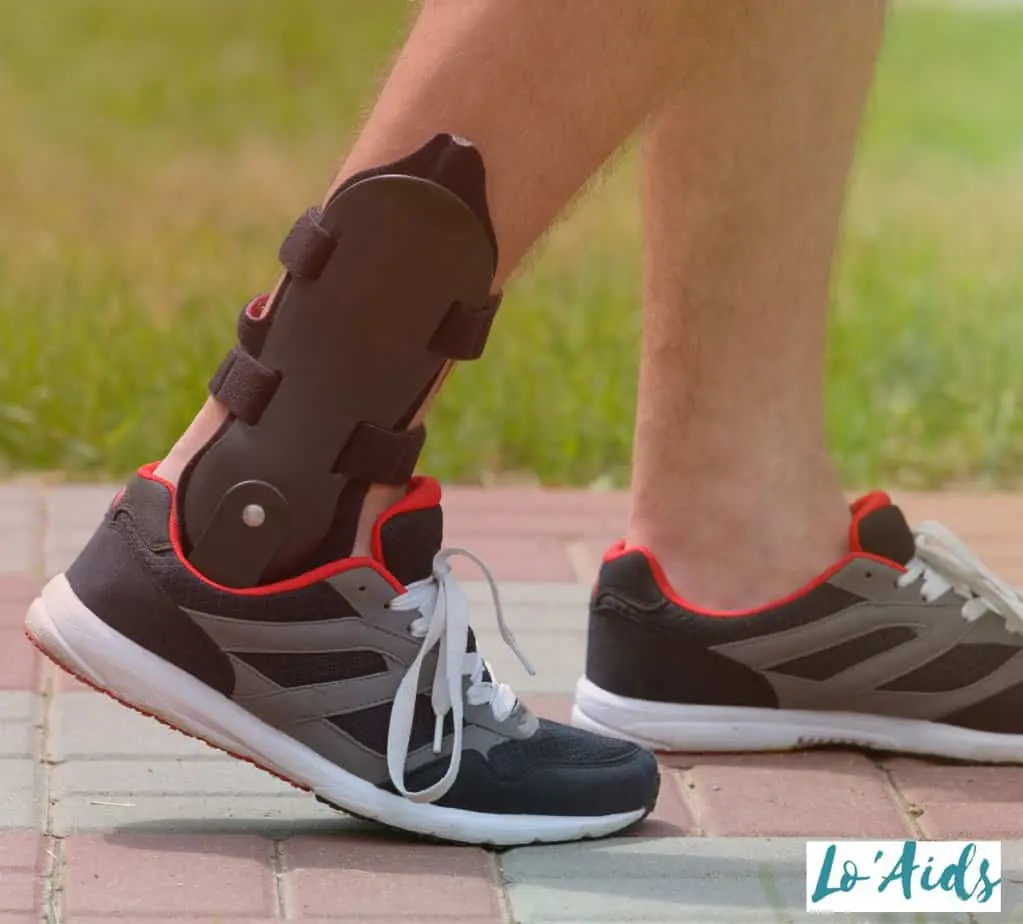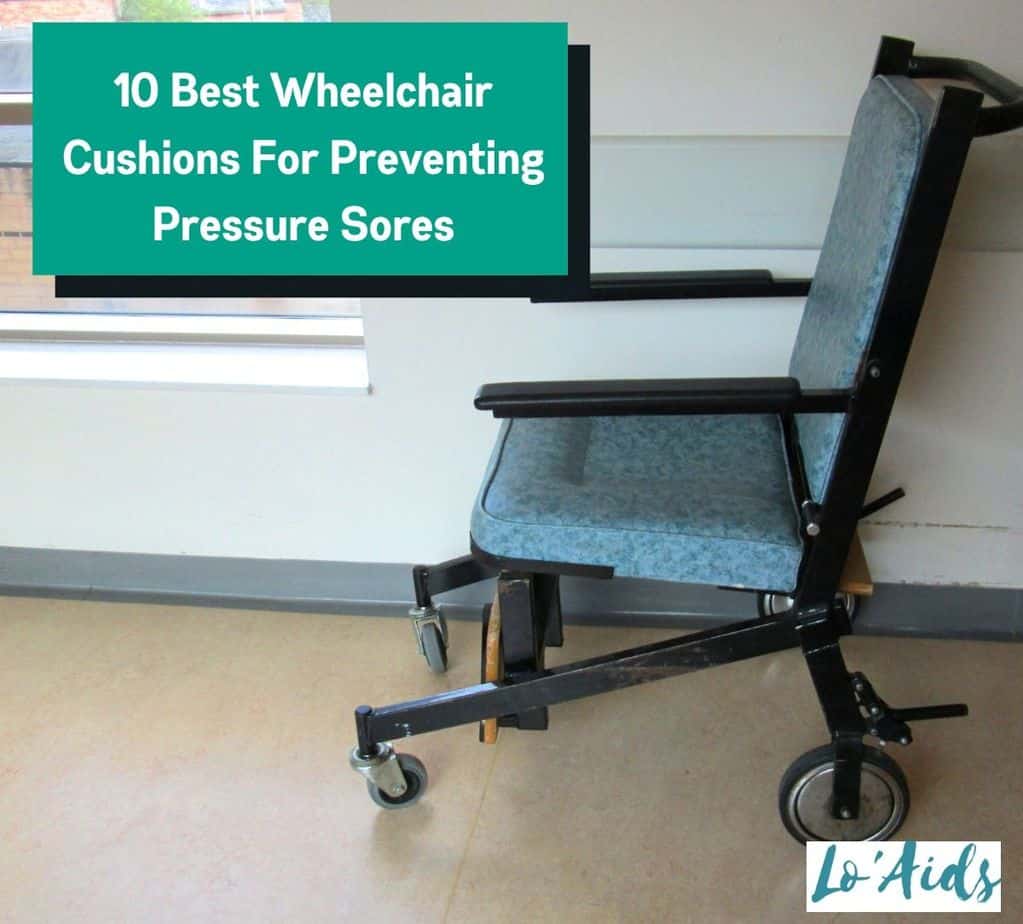Going through an ankle injury is so common that knowing how to pick the correct ankle brace is always helpful.
About 7 in 1000 Americans get ankle sprains. Ankle sprains represent 40% of all ankle-related injuries. Additionally, 45% of basketball players suffer from sprained ankles. (1)
Although you should consult your healthcare provider as well, here’s how to pick the correct ankle brace:
Table of Contents
Key Takeaways:
- Pick your ankle brace according to the severity of your injury.
- Think about how much stability and comfort it can offer you.
- Think about the correct size.
- Consult physical therapists and other professionals.
What Does An Ankle Brace Do?
I learned what an ankle brace was many years ago as someone who was into sports but unfortunately had weak ankles prone to ankle sprains.
When I had a sprain, it was hard to perform daily activities without the right brace fit, which I’ll guide you through.
First, it is essential to know what an ankle brace does. Let me take you through the science of it.
Ankle braces aid the healing process after ankle ligament or ankle joint injuries. They deal with your ankle injury by offering pain relief.
They help you retain your ankle’s range of motion after an injury and offer pain relief during physical activity.

Additionally, they provide your ankle stability as you recover and speed up the recovery process.
You can pick between the best supportive ankle brace, ankle supports, and ankle sleeves, depending on what outcome you are looking for.
When do you need to wear a brace for an ankle sprain? Check out this video:
Types Of Ankle Braces
I know many athletes, or even performers, are very particular about how they deal with injuries.
I’ve witnessed some continuing their daily activities after an injury because they don’t want their ankle pain to impact their everyday performance.
Don’t do this! Avoiding an ankle brace could lead to more pain, a long road to recovery, and long-term ankle joint issues.
You’ll find various ankle brace options on the market, so I want to guide you through the most common types.
You will find lace-up braces, stirrups, strapped, sleeved, and hybrid versions. Other brace options include soft, semi-rigid, or rigid.
Here’s a good review on ankle braces for you to watch while reading:
1. Lace-Up Ankle Braces
This is the most original design for braces. Most braces of this type are rigid, offering quite a bit of stability. The only problem with them can be discomfort.
Healthcare providers will often need to balance discomfort and stability because some of the most stable braces cause the highest levels of discomfort.
You can find a variety of customizations amongst lace-up style braces, including velcro straps and easy-to-use laces.
2. Stirrup Ankle Braces
This type of ankle brace gained popularity in the 90s. However, they are usually not made for sports injuries, with one or two exceptions.

This is a rigid brace and, unfortunately, has contributed to some secondary fractures above the ankle, primarily those affecting the tibia-fibula. (2)
Despite this drawback, they also come with many possibilities for modifications.
For instance, you can customize the air bladders. You can heat and cool down the gel filling in the bladder, which sounds pretty impressive.
You can add metal or plastic strips to control rigidity and height changes. The height modification can prevent the tibia-fibula issue.
3. Ankle Sleeves
An ankle sleeve is the most comfortable option on this list. However, sometimes comfort brings less stability.
This sleeve can go under athletic shoes easily and usually won’t require you to compromise on your shoe size while wearing it.

Some people wear them as ankle compression sleeves, although they don’t help with weak or wobbly ankles that require more stability.
These are easily accessible at almost every pharmacy or even sports athleisure stores.
How to Pick the Correct Ankle Brace Size?
Size is a critical factor that affects how to pick the correct brace. You need to be aware that there are different sizes for children and adults.
In addition, if you are considered a larger person or of greater weight, you might need a different kind of brace, such as one suited to bariatric care.
Always consult a size chart before making your decision and involve professionals before any ankle brace purchases.
Remember, you will have to wear ankle brace over under socks for a significant time, depending on the nature of your injury.
It would help if you aimed to get the correct rigidity and size for your particular injury and needs. If you don’t, it can cause some severe swelling issues.
Making the correct choice will prevent further injury and discomfort.
Frequently Asked Questions
Should an ankle brace be tight or loose?
While ankle braces are meant to limit motion, make sure they don’t cut your circulation off, and that blood flow is normal.
What is the best brace to support an injured ankle?

This depends on the severity of the injury, but in the case of a mild injury, you can use a semi-rigid brace.
If your injury worsens, a rigid brace will keep your ankle in place and speed up recovery.
Is it okay to sleep with a brace on?
You might need to sleep with a brace on after a severe injury. Your doctor may recommend keeping the brace on at night to keep your ankle in place until morning.
Your body heals as you sleep, so keeping a brace on at night helps your body do its job.
Conclusion
After reading this, you should have learned how to pick the correct ankle brace. Your ankle will recover if you follow your doctor’s advice, keep the right brace on, and go to physical therapy.

So, which type of ankle brace are you going to choose then? Let us know in the comments section!
References
- 1. Ankle Sprains- A Common Life and Sports Injury [Internet]. Orthopedics New England. 2021. Available from: https://www.orthopedicsne.com/ankle-sprains-a-common-life-and-sports-injury/#:~:text=Seven%20in%201%2C000%20Americans%20will
- 2. Spitalny AD. Choosing The Right Ankle Brace for Your Patient [Internet]. HMP Global Learning Network. 2022. Available from: https://www.hmpgloballearningnetwork.com/site/podiatry/choosing-right-ankle-brace-your-patient





